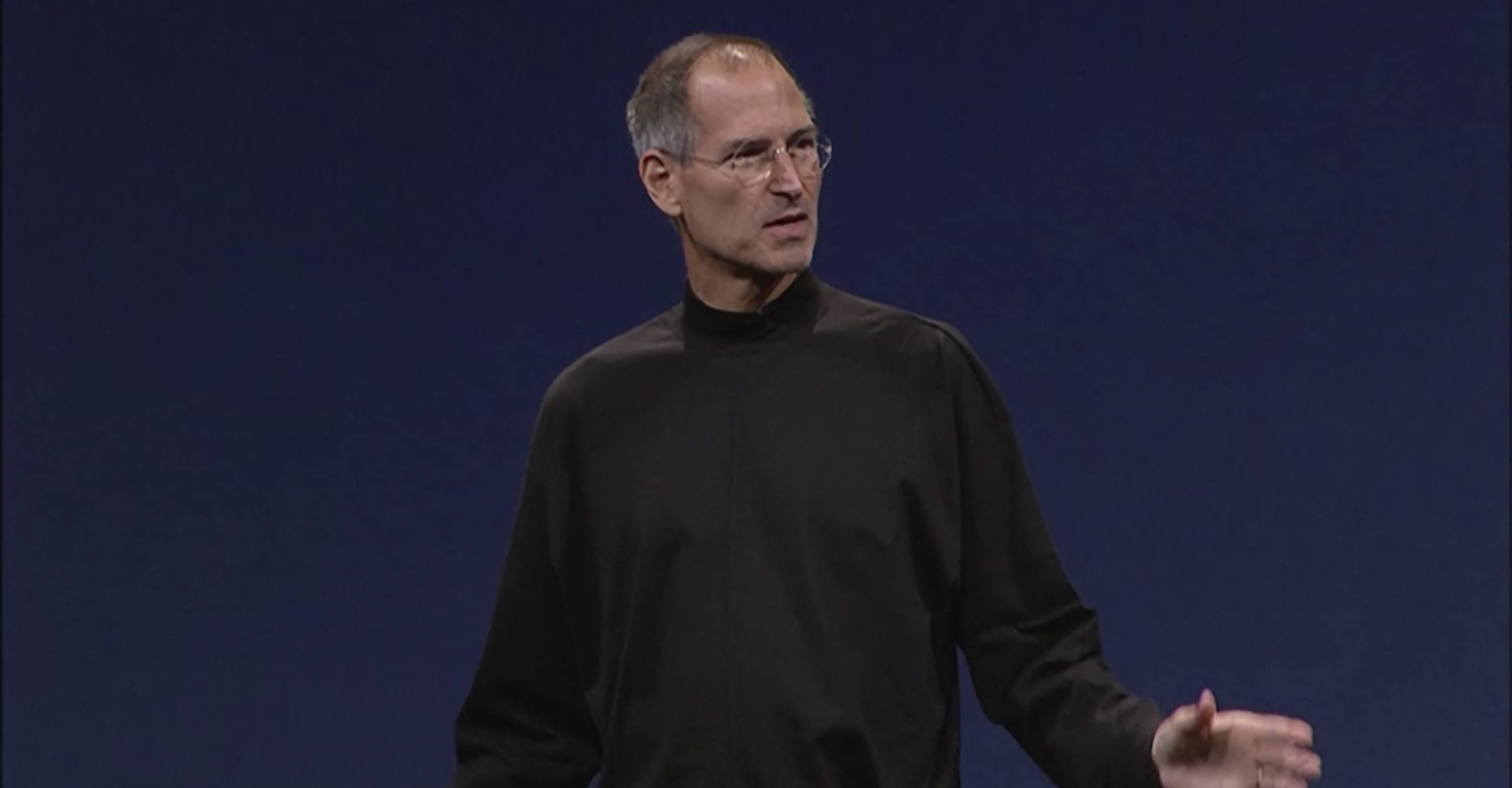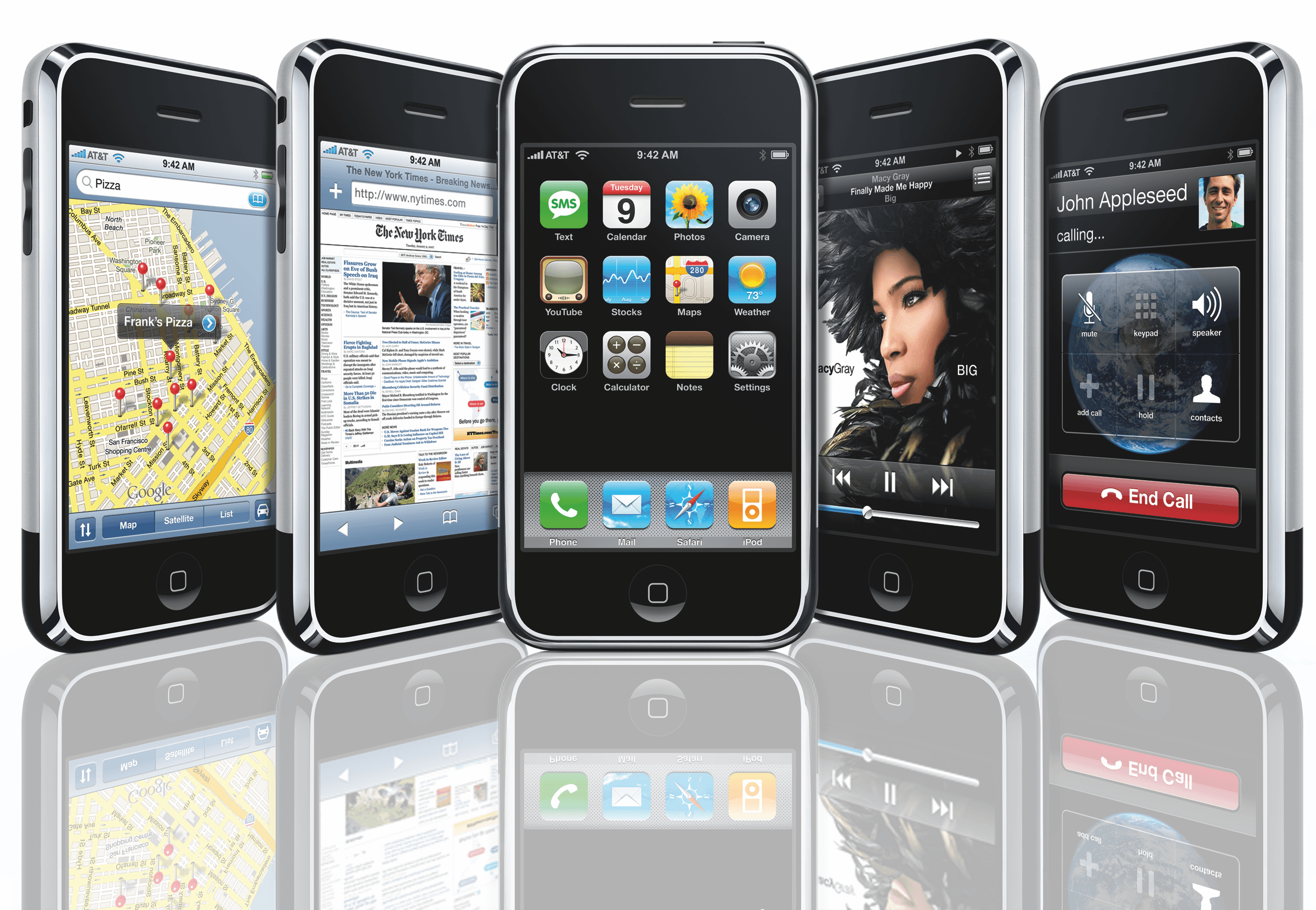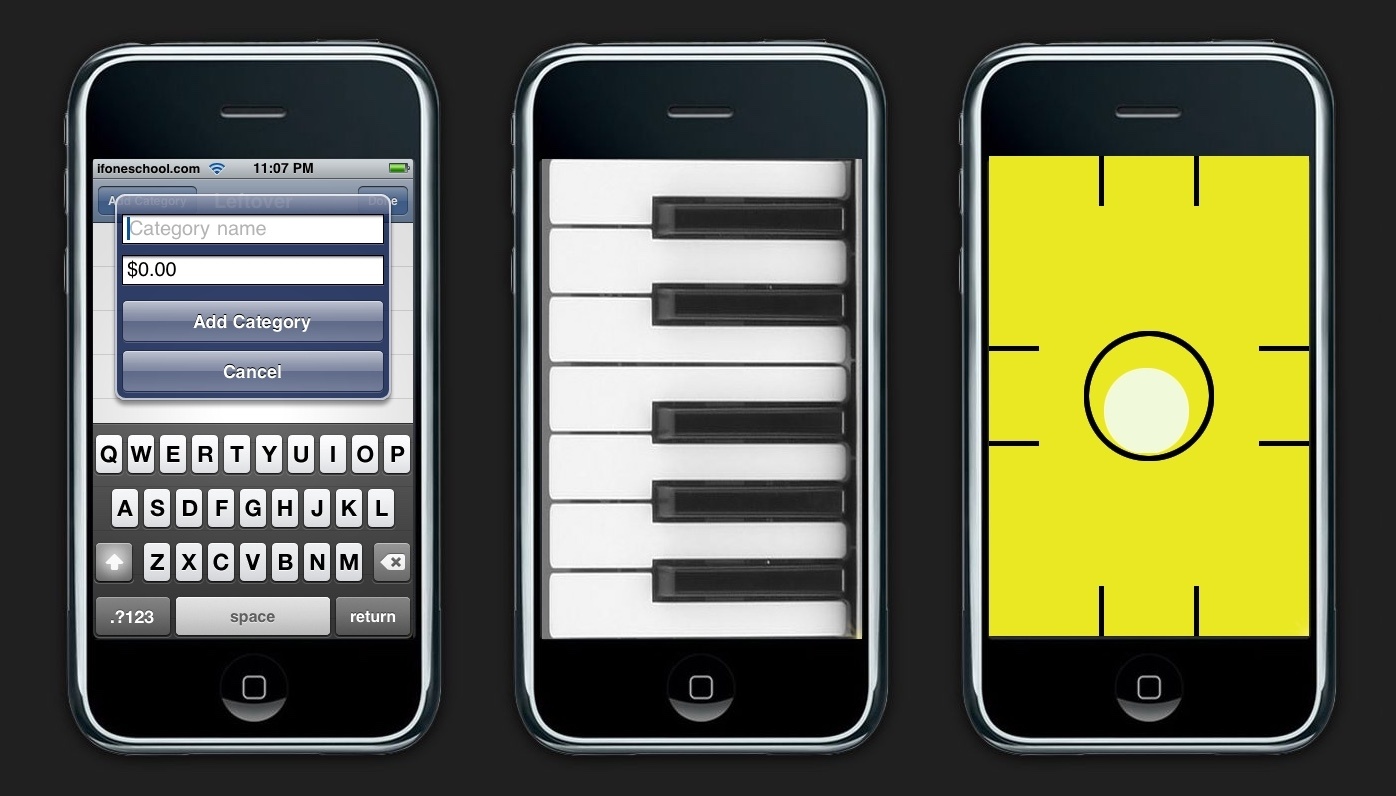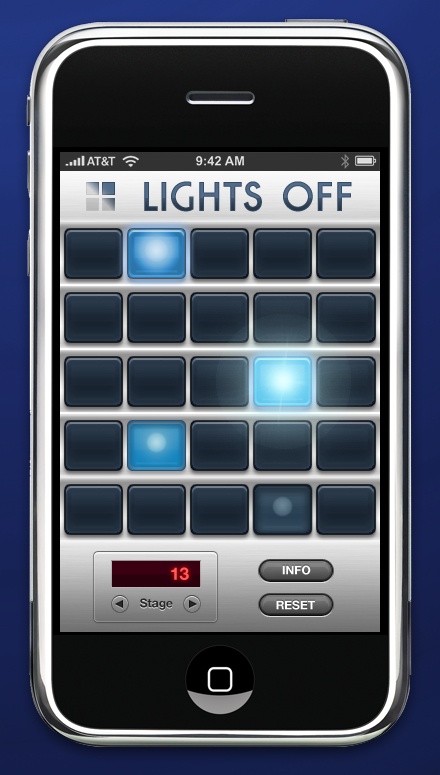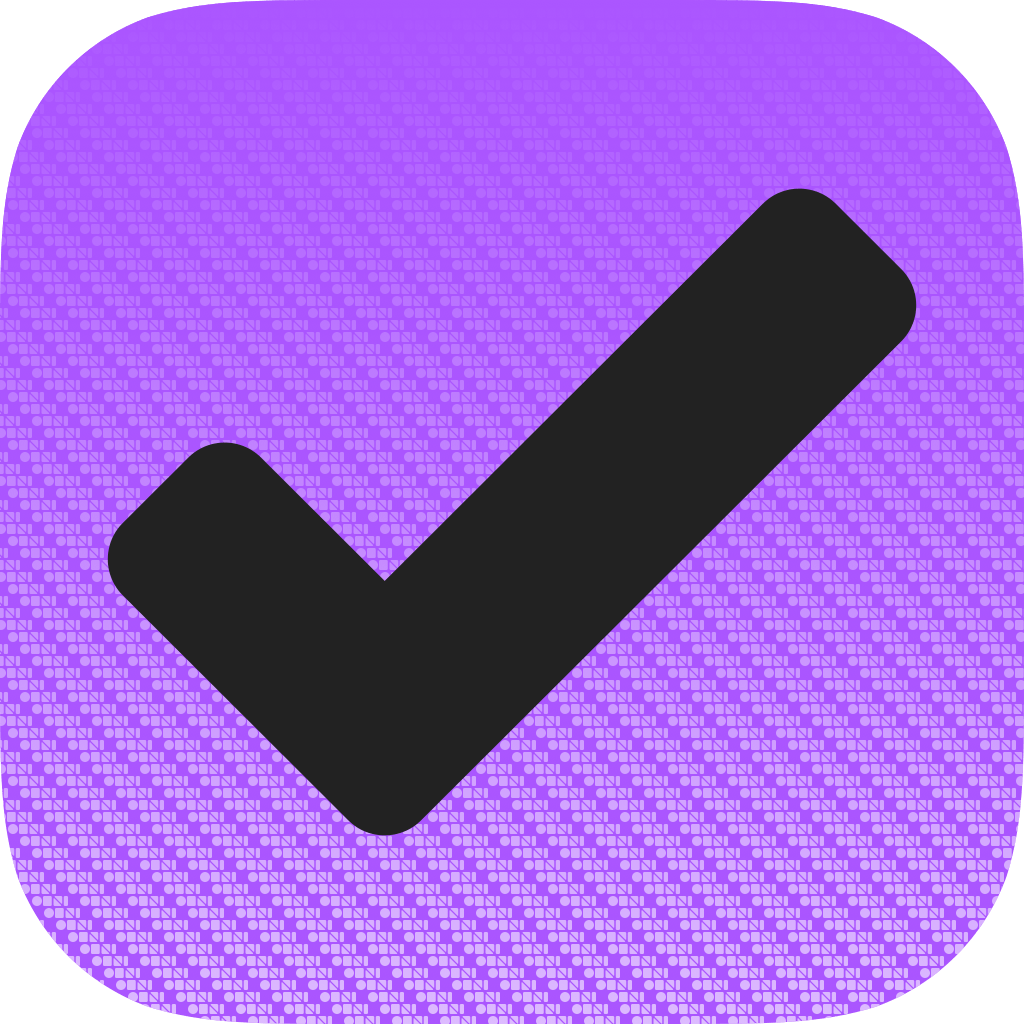Apple has a history of shipping 1.0 products that are amazingly great in some ways, and shockingly undeveloped in others. The iPhone, juggernaut of Apple products, was no exception. When it launched, the iPhone was a smartphone like no other, setting a new standard for what pocket computers could do. But in spite of its astounding achievements, one black eye on the product’s otherwise-stellar launch is that it offered no access to third-party apps.
The App Store as we know it today didn’t exist on the iPhone’s day one. On the path of creating a device that would change the world, Steve Jobs and his team neglected one important point: the developer story. Perhaps this was a problem of Apple’s own making – if the iPhone hadn’t been such an impressive product, there wouldn’t have been much demand for native third-party apps. But it was an impressive product, so the demand was substantial, leaving Apple with a big problem on its hands.
Developers, understandably, were excited about the potential of what they could do with the first product that lived up to its name as a true _smart_phone. Yet between the iPhone’s unveiling in January 2007 and its release nearly six months later, there was nary a hint of an iPhone SDK (software development kit). Instead, Apple shared what it infamously called a “sweet solution” for third-party apps on iPhone: web apps.
The Sweet Solution
Every now and then Apple executives recite phrases that the tech community never lets them live down: the iPhone headphone jack removal took “courage,” the later-proven-faulty 2013 Mac Pro design evoked Phil Schiller’s boast, “can’t innovate anymore, my ass,” and, of course, there are Steve Jobs’ words from WWDC 2007 to a crowd of developers pining for tools to make iPhone apps:
We have been trying to come up with a solution to expand the capabilities of iPhone by letting developers write great apps for it, and yet, keep the iPhone reliable and secure. And we’ve come up with a very sweet solution.
That “very sweet solution” Jobs commended to developers was writing…web apps. If only a cricket had been in the room, its chirps could have easily echoed over the silence of the crowd.
To its credit, Apple did at least implement a few custom features to make web apps not quite as terrible as they could have been. Thanks to Safari’s hooks into the system, things like phone calls, mapping coordinates, and more could be loaded in system apps with a single tap on a website. However, it could be argued that web apps themselves weren’t the problem: the problem was that Apple promoted them so enthusiastically, without reservation. As if the “sweet solution” line wasn’t enough, during the keynote’s wrap-up Jobs added insult to injury by calling web apps “an awesome way to write apps for iPhone.” He even highlighted how this is the way Google had been building its apps.
Just imagine it: Steve Jobs, on-stage at Apple’s big developer conference, telling a crowd of Mac developers that web apps were the way to go for iPhone. And not only the way, but a “very sweet way,” an “awesome way.” Don’t believe him? Just look at Google! They build pretty great stuff.
The reality distortion field may have tried its hardest, but there was no amount of Jobs enthusiasm that could have sold developers. During the entire presentation on web apps, the only applause given came as a faint courtesy when Scott Forstall entered and exited the stage to demo web apps’ functionality. Clearly there was no excitement in the room for this “very sweet solution.”
Still, the iPhone’s release was less than a month away, and this was the sole option for third-party apps. What other choice did developers have?
Jailbreaking and Native Apps
Some developers left WWDC that year and set to work building the best web apps they could to be ready for the iPhone’s launch. Despite web apps’ clear inferiority to native alternatives, it must be said that Safari on iPhone was a uniquely impressive browser. Unlike browsers found on other smartphones at the time, Safari and the iPhone’s multi-touch display made for a powerful pair. Developers could build some truly useful applications for Safari, and many did.
So some developers were fine. Others, however, weren’t so quick to give up the dream of native apps.
Once the iPhone began arriving in customers’ hands, some of those technically gifted customers immediately set to work breaking into Apple’s walled garden: the jailbreaking season began. If you’re unfamiliar, jailbreaking means breaking open the device’s system-level controls and tweaking them to your heart’s content. At first iPhone hackers used jailbreaking to do things like install custom ringtones, or change other settings that were otherwise off-limits. Before long, however, jailbreaking had even enabled the iPhone to run full-blown native apps in the pre-App Store days.
The Iconfactory’s Craig Hockenberry writes:
Thousands of…developers were finding that the inside of this new device was just as magical as the outside. It shouldn’t come as a surprise to hear that there was an explosion of iPhone app development.
Hockenberry recounts an early developer conference called C4[1] where developers pitted their iPhone creations against each other. The winner of the competition was a video-conferencing app, made before the iPhone even had a front-facing camera. This was impressive in its own right, but the competition’s runner-up, Lights Off, is the app that really stuck with Hockenberry:
The app that came in second place was the shining example of what was to come. First, it was a game, and well, that’s worked out pretty well on mobile. But more importantly, it showed how great design and programming could take something from the physical world, make it work seamlessly on a touch screen, and significantly improve the overall experience.
Up until that time, smartphone games were limited to the likes of Snake and other popular games which relied on button-driven control schemes. In case you didn’t know, smartphone buttons don’t make for very good gaming experiences. The iPhone’s multi-touch display, however, introduced a whole new world for smartphone gaming – one that would grow into a multi-billion dollar business.
The early proven potential for what native iPhone apps could do fueled further excitement in the third-party app space. Though jailbreaking was initially limited to those with a certain technical skillset, it wasn’t long before that changed. Alex Heath writes for Cult of Mac:
In October 2007 the iPhone Dev Team, a collection of hackers from different parts of the world…released the first public jailbreak with clear install instructions. The process of jailbreaking then was considerably more complex than it is today. Once jailbroken, a barebones ‘app store’ called Installer.app was added for installing hacks and tweaks.
While Apple was undoubtedly aware of the jailbreaking community before this time, the iPhone Dev Team’s opening of the jailbreak floodgates is perhaps what provoked a special announcement from Steve Jobs shortly thereafter. The month prior, Apple had already issued a statement condemning jailbreaking:
Apple has discovered that many of the unauthorized iPhone unlocking programs available on the Internet cause irreparable damage to the iPhone’s software, which will likely result in the modified iPhone becoming permanently inoperable when a future Apple-supplied iPhone software update is installed…Apple strongly discourages users from installing unauthorized unlocking programs on their iPhones.
The stick approach did little to dissuade the jailbreaking community. The iPhone Dev Team’s public jailbreak went live on October 10, 2007, and, before too many users could take the deep dive and jailbreak their phones, Apple decided to switch tactics and offer a carrot. Rather than simply explaining again how jailbreaking could lead to “irreparable damage” to devices, on October 17 Steve Jobs announced that a proper iPhone SDK was in the works, and would arrive early the following year.
While jailbreaking would continue to prove popular for years afterward, Apple’s move to pre-announce an iPhone SDK is perhaps what prevented the practice from becoming even more widespread from the start. In a world where first-party apps were the only “safe” option, third-party apps made jailbreaking worth the risk. But after those third-party apps were promised to be coming soon, many users found they could be patient and wait for the Apple-approved option. The equation had changed, and for many, that was a good enough reason to play it safe.
The early days of the iPhone prove the relentless passion of third-party developers. A revolutionary new device was available, and developers couldn’t wait to unleash their creativity on the world through it.
Without a doubt, Apple’s sugarcoating of web apps had been a mistake; as John Gruber wrote, “Telling developers that web apps are iPhone apps just doesn’t fly.” But fortunately, developers recognized the potential of the iPhone to enable greater experiences than the web could offer. The rampant enthusiasm for native apps following the iPhone’s launch, in spite of the requirement for jailbreaking, surely spurred Apple on to craft a better development solution – and fast.
When the first iPhone SDK arrived in March 2008, and the App Store a few months after it, the world was never the same again.


